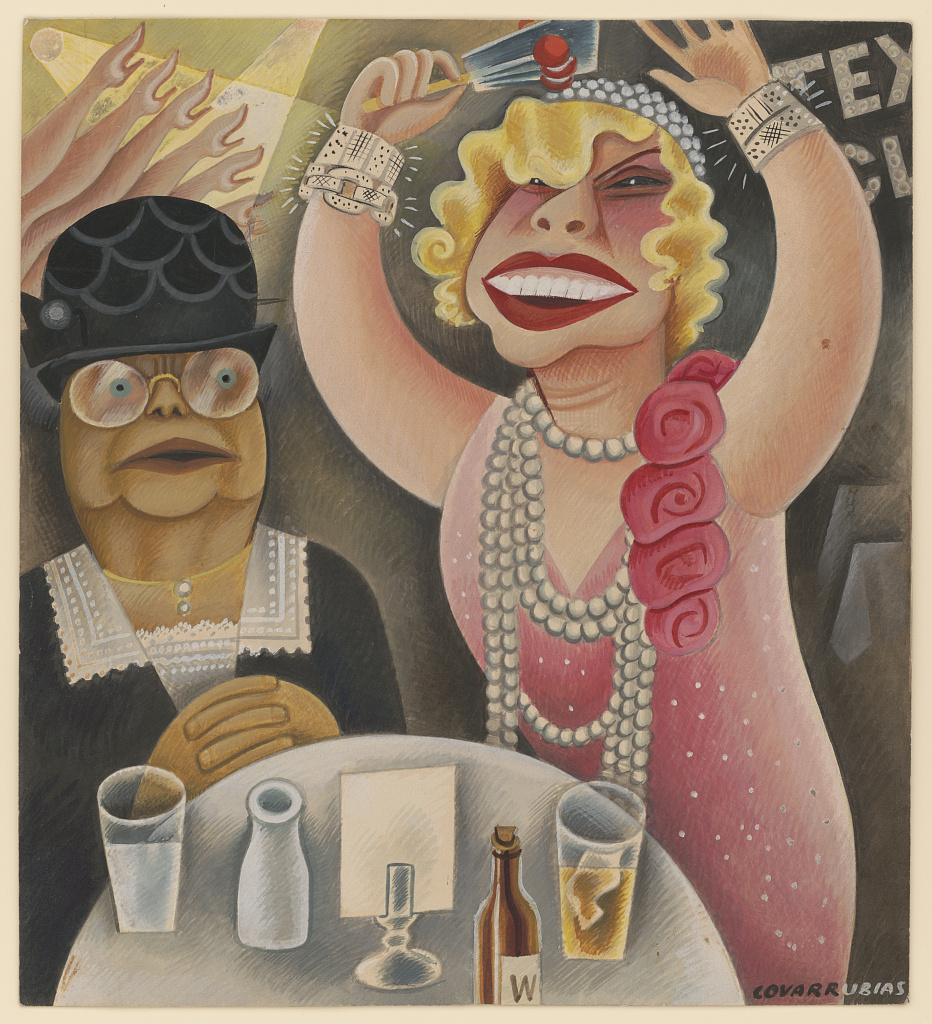Orange Blossom
During Prohibition, this was one of the most popular illicit drinks. It is said to have been created in an attempt to mask the taste and odor of “bathtub gin.” It is essentially just a mixture of orange juice and gin, although there are many variations using a wide variety of ingredients. The Old Waldorf Astoria Bar Book has a recipe for "Orange Blossom No. 1":
- 3/4 ounce gin
- 3/4 ounce sweet vermouth (i.e., Cinzano Bianco)
- 3/4 ounce orange juice
Preparation Pour the ingredients into a mixing pitcher or glass filled with ice cubes, stir well, and strain.
Cultural context One evening in the early 1920s,humorist Robert Benchley stood at the bar at Tony's Restaurant, a popular 49th Street eatery and speakeasy and turned to his good friend and fellow member of the Algonquin Round Table, Dorothy Parker, and said:
"Let's find out what all the fuss is about."
He then stunned his friends by downing an Orange Blossom cocktail. Although Benchley had frequented the midtown speakeasy scene with his colleagues from Vanity Fair and the New York World, he had to this point avoided alcohol. While his friends indulged themselves with round after round of bootleg liquor, Benchley had consumed only juice and soft drinks. Now at age thirty-one, he had consumed his first drink. There are other versions of the story which are spelled out in Michael A. Lerner’s book Dry Manhattan: Prohibition in New York City. But as Lerner then points out: "The exact facts of the story, however, matter much less than what they illustrate. Regardless of when and where Robert Benchley took his first drink, until Prohibition came along he had, in spite of the company he kept, embodied the traditional middle-class Protestant dry. Something about the dry experiment changed Benchley's attitude toward alcohol. He became emblematic of a cultural rebellion against Prohibition that rejected the dry crusade's moral vision for America.">[i][1]
[1] During Prohibition, the Algonquin Hotel was Dry, which applied to the Round Table where civility and sobriety reigned. The members of the group met for drinks after work in midtown speakeasies. This has not stopped modern writers from assuming that they these fabled lunches were boozy—e.g., in Virginia Reynolds' The Little Black Book of Cocktails:The Essential Guide to New and Old Classics, the Algonquin is listed and discussed as one of a few “Resplendent Drinking Establishments of Literary Fame.”
[i] Michael A. Lerner, Dry Manhattan: Prohibition in New York City. Harvard University Press, Cambridge, MA, 2007.
 Preparation Pour the ingredients into a mixing pitcher or glass filled with ice cubes, stir well, and strain.
Preparation Pour the ingredients into a mixing pitcher or glass filled with ice cubes, stir well, and strain. Wash Post (12/31/15)
Wash Post (12/31/15)